Review: HTC Desire for Virgin Mobile
Media
The Desire offers plenty of media options. The Google Play Store is available, as are the associated apps, for renting/buying content and then consuming it. The Desire also includes a basic MP3 app (best for side-loaded content), YouTube, an FM radio and TuneIn Radio. The FM radio requires headphones (as an antenna) to snag local stations, but TuneIn streams radio stations over the internet.
The Desire's BoomSound speakers aren't as impressive as those of the One series. The speakers, which act in stereo when the Desire is held in landscape orientation, produce vast amounts of volume. There's no doubt of that. With no way to shape the sound, (i.e., no EQ or other audio controls,) however, the massive volume winds up becoming distorted. Forget listening to heavy music through BoomSound. The Desire was no match for the chugging riffs of Trivium. But even acoustic performances over-pushed the speakers from time to time. BoomSound's best use is when sharing video at volumes that don't have to fill an arena.
Sharing media with other equipment over Wi-Fi networks is no trouble at all thanks to HTC's handy MediaShare app. The app makes finding and connecting to other DLNA gear a breeze.
Camera
HTC has some of the best camera software available on smartphones, and the Desire benefits accordingly. There's no dedicated camera button, so the camera needs to be launched via the lock screen or home screen shortcut. It launches swiftly.
The viewfinder stretches across the entire display, with the controls overlaid on the left and right sides. The shutter buttons are on the right side of the screen. There are separate camera and video buttons. This lets you shoot either without first switching modes, and also lets you take still images when recording video. There's also a slider for zooming on the right side of the display.
There are three controls on the left. The first cycles the flash between on, off, and auto; the second turns on Zoe mode; and the third lets you access all the camera's other settings. The Desire offers a number of shooting scenes, such as portrait, landscape, backlight, text, and macro. The Desire also has HDR and panorama modes. The video camera can record in slow motion. Images can be shot in 16:9, 4:3, and 1:1 aspect ratios, and you can control other settings such as white balance, exposure, contrast, burst mode, and so on. The Desire's camera offers tons of room for customization, and the controls are laid out plainly and simply. I found that the tools all function just as well on the Desire as they do on the One series.
HTC's Zoe mode works like taking a single still shot, but actually shoots video and a series of still images together, creating a compilation that centers on a particular moment. It's a neat idea that lets you add depth to something such as singing Happy Birthday to your kid or watching a friend attempt a double flip off the diving board. It makes sure you capture just the right moment and brings your stills to life with motion.
Photos
The Desire ditches the "ultrapixel" camera used on the One series for a regular 5-megapixel imager. It's among the best 5-megapixel cameras I've seen. It captures photos that are crisp, accurate, and lively. Focus, exposure, and white balance were almost always spot-on. I was particularly impressed with shots I took indoors. Not only does the flash function properly (helping expose the scene), it really helps reduce grain. Outdoor shots almost all looked excellent. You really can't ask for much more from a $200 prepaid smartphone.
Video
The Desire's video camera is equally impressive. It can record full HD video and produces results that are consistently good. The focus, exposure, and white balance were nearly always spot on. No matter what I was shooting, the Desire knew what to do to make the results pleasing. Pro tip: HD is not the default. The default setting is to capture qHD video, be sure to change it to 1080p before you start filming.
Gallery
HTC skips the stock gallery app in favor of its own. Photos are organized by albums, events, locations, or friends. The basic layout of the albums screen is a snap to work with. If there are sub-folders (such as in Facebook), you can sort through those easily to locate images. When you dive into each folder, images pop up instantly in a grid of thumbnails. Touch a photo to load it. With a photo loaded, you can quickly swipe from image to image.
If you switch to any of the other views (events, locations, friends), you still get a set of folders to sort through that function more or less the same as the albums view. Events are obviously organized by date, and Locations sorts photos based on geo-tagging. The Friends view sorts photos based on which social network they are pulled from.
Sharing options run the norm. It's easy to push photos to your friends via email or social networks. Editing features let users apply some effects to make up for poor exposures or bad white balance, add frames, retouch, reduce red-eye, and of course crop and rotate.
The HTC gallery app works well across the board.
The Desire does also include the new Photos+ app from Google, which specifically interacts with your Google+ photos. The Photos+ has its own editing functions and the nifty Auto-Awesome feature, which will enhance photos as well as create animated GIFs. You can use it or ignore it; your choice.
Bluetooth
I didn't have any trouble with the Desire's Bluetooth functions. I was able to pair it with a handful of different headphones, as well as my computer and other smartphones. Phone calls sounded good through my favorite headset and music sounded great through my favorite Bluetooth speaker thanks to the Desire's support for the aptX profile. The aptX profile significantly improves the performance of stereo music playback and that was evident on the Desire. I was also able to share files via Bluetooth with no problem.
Browser
The Desire comes with both the generic Android browser and Chrome. The generic browser is "enhanced" with a new user interface thanks to HTC's Lumen Toolbar. Basically, the Lumen Toolbar adds browser extensions that improve the performance of the browser itself when it comes to content, such as games and videos. It also adds easy sharing tools, newsfeed shortcuts, and recommendations. I found it to be garish and maddening. Thankfully, you can turn it off (or apply it to Chrome, if you want).
Despite the gross skin, both the stock browser and Chrome do a fine job of rendering web sites. Speeds aren't great, though, even on LTE. I often found myself tapping my toe waiting for sites to load. Browsing over Wi-Fi is much better. Beyond these two browsers, there are tons of options in the Google Play Store if you're looking for a different browsing experience.
Clock
HTC always does a great job with its clocks, and the Desire is no exception. A quick press of the screen lock button brings the display to life. The clock is positioned close to bottom of the screen and is nice and large. I was able to read it easily from an arm's length. The weather appears next to the clock. As noted earlier, you can alter the content that appears on the lock screen. All of the options include the clock and the weather.
GPS
The Desire's GPS radio functioned very well. It consistently pinpointed me in less than 10 seconds and often to within 15 or 20 feet. When paired with Google Maps — the only navigation software on board — the Desire serves as a capable navigation device. It works well to route directions between points on the maps, and offers plenty of additional details, such as live traffic, and search tools.


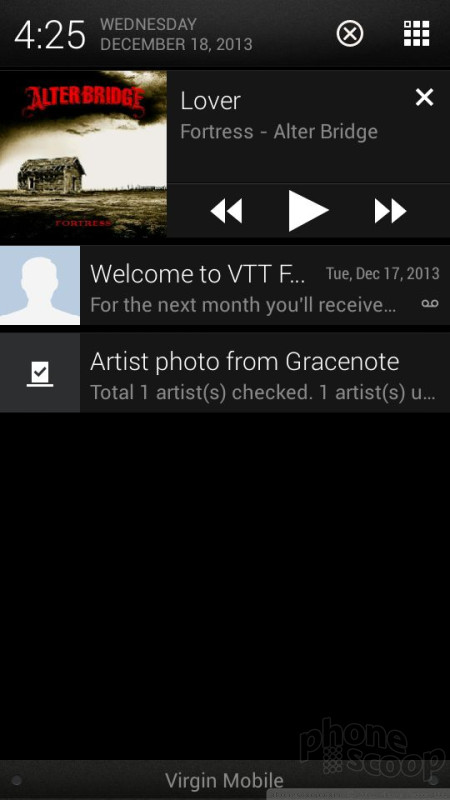






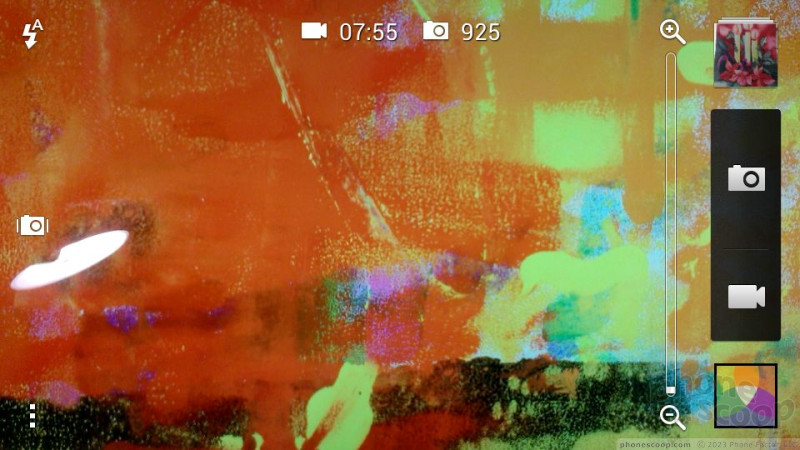
















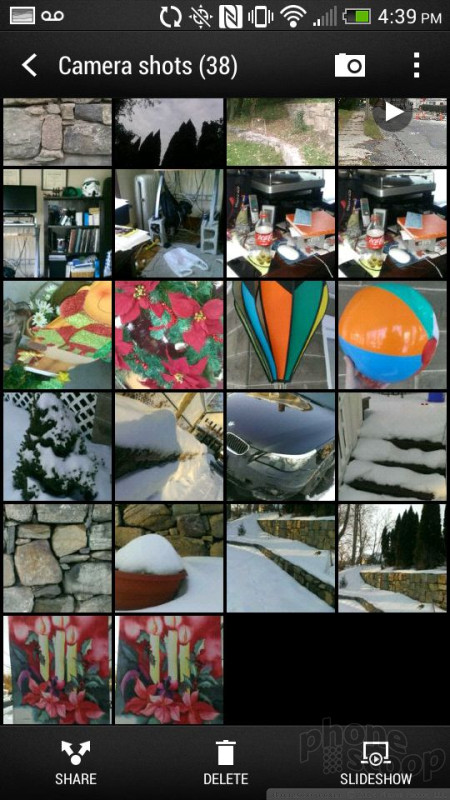








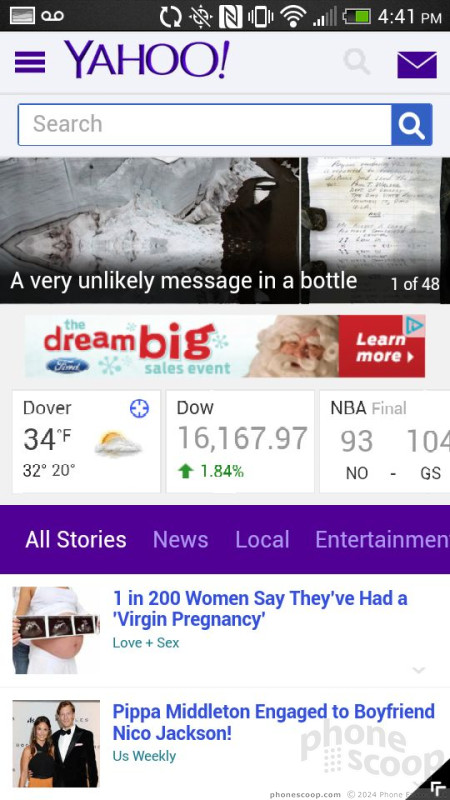







 Virgin Selling HTC Desire Today for $279
Virgin Selling HTC Desire Today for $279
 Qualcomm Taps Iridium for Satellite Connectivity
Qualcomm Taps Iridium for Satellite Connectivity
 Qualcomm vs. Bullitt: Satellite Connectivity Comparison and Hands On
Qualcomm vs. Bullitt: Satellite Connectivity Comparison and Hands On
 Samsung S24 Series Adds More AI, Updates the Hardware
Samsung S24 Series Adds More AI, Updates the Hardware
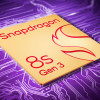 Qualcomm Expands Snapdragon 8 Series to Cover More Price Points
Qualcomm Expands Snapdragon 8 Series to Cover More Price Points
 HTC Desire / Desire 601 (CDMA)
HTC Desire / Desire 601 (CDMA)









